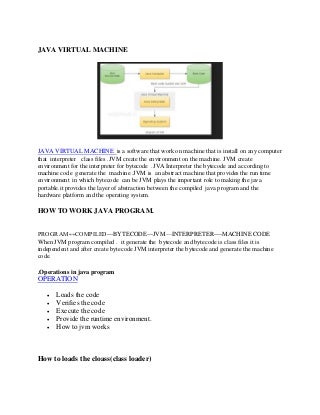


If the Unica Interact server is required to maintain session data across multiple Unica Interact API calls and you are using the Ehcache cache manager to improve performance, use sticky load balancing and local session management instead of distributed session management.Įvery interactive flowchart requires at least one thread to run. The Serialization API provides better throughput (can be 5-10 times more depending on the application configuration) and a shorter response time. Use the Java™ Serialization API instead of SOAP API. Unica Interact supports two cache management solutions by default: This method of balancing connections among the runtime servers in the group can improve performance considerably, but has some limitations because all of the session information is maintained in memory, and the memory limits of each Java™ virtual machine (JVM) restrict how much session information can be maintained. The load balancer balances the workload across the runtime servers in the group, and helps to maintain something called session affinity, which means that when an incoming session is handled by runtime server A, then when the same user issues additional requests, those requests are fulfilled by the session on server A. When you enable cache management solution comes with Unica Interact you can use multiple run time servers fronted by a load balancer.
JVM STARTUP TIME SOFTWARE
In a large-volume Unica Interact environment where you are using a large number of runtime servers, you can use cache management software to share the runtime load among the servers and improve the real-time performance of the runtime server group as a whole. Java™ virtual machine (JVM) arguments should be defined using startup command script or Admin Console for your web application server. The number of connections you use is determined by the features you have enabled. The JVM arguments affect throughput and startup time. Within Unica Interact, you tune the web application by modifying JVM arguments and connections. About tuning Unica Interact for best performance.All of these components have several properties, features, and settings you can configure to improve performance. An installation of Unica Interact consists of several components including third-party tools (such as web application servers, databases, and load balancers) and components such as Unica Platform and Unica Campaign.


 0 kommentar(er)
0 kommentar(er)
